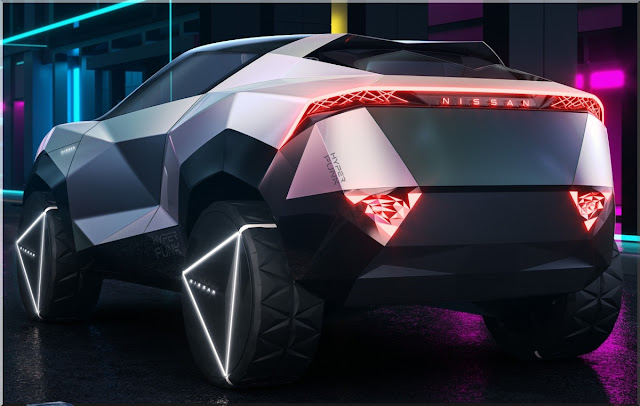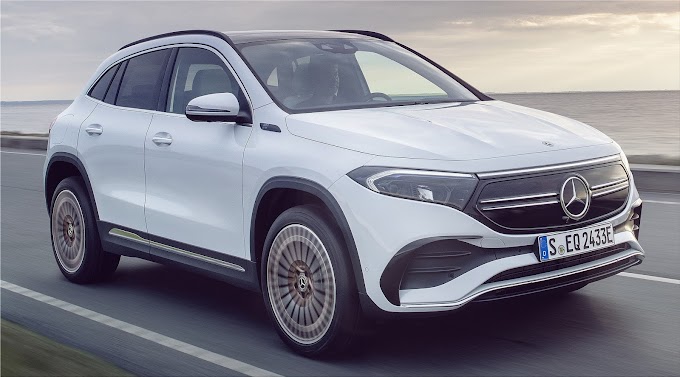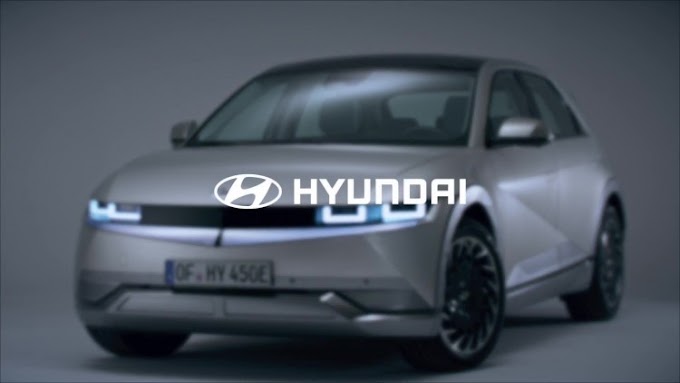Nissan is no stranger to electric vehicles. The Japanese automaker has produced the Leaf, one of the world’s best-selling EVs, since 2010. But now, Nissan is ready to take the next step in electrification with a new model that will challenge the conventional wisdom of the small SUV segment: the electric Juke.
The Juke, which debuted in 2010 as a quirky and fun crossover, has been a huge success for Nissan, especially in Europe, where it has sold over one million units. The second-generation Juke, launched in 2019, improved on the original’s design, space, and technology while retaining its distinctive personality.
But Nissan is not content with just updating the Juke. It wants to revolutionize it. That’s why the company is working on an electric version of the Juke, which will be built at its Sunderland plant in the UK alongside the Qashqai and the Leaf. The electric Juke will use a shortened version of the CMF-EV platform, a dedicated electric architecture developed by the Renault-Nissan-Mitsubishi Alliance, which also underpins the upcoming Ariya SUV and the Renault Megane eVision.
The Nissan Juke EV will be a direct rival to other small electric SUVs, such as the Peugeot e-2008, the Hyundai Kona Electric, and the MG ZS EV. But Nissan has a bold ambition for its new model: to make it as affordable as the petrol-powered Juke, which starts from around $27,000 in the UK.
How will Nissan achieve this feat? According to Nissan Europe’s head of EV, Helen Perry, the key is to understand the customers' needs and expectations and to offer different options for different markets. “We have to be very clear on what the customer values are and what they will pay for,” she said. “We have to look at the total cost of ownership, the battery size, the range, and the performance.”
Perry also hinted that the electric Juke could benefit from some government incentives and subsidies, which vary from country to country. “We have to be very aware of the different situations in each market,” she said. “Some markets are more supportive than others, and we have to take that into account.”
One of the main challenges for the electric Juke will be to match the range and performance of its competitors while keeping the costs down. The current petrol Juke has a 1.0-litre turbocharged engine that produces 112 hp and 148 Nm of torque and can accelerate from 0 to 62 mph in 10.7 seconds. The electric Juke will likely have a similar power output but with more torque and instant response.
The range, however, is harder to predict. The CMF-EV platform can accommodate different battery sizes, depending on the vehicle’s dimensions and weight. The Ariya, for example, will offer two battery options: 63 kWh and 87 kWh, with a range of up to 310 miles and 233 miles, respectively. The electric Juke, being smaller and lighter, could have a smaller battery but still offer a decent range of around 200 miles.
Another challenge for the electric Juke will be to preserve its distinctive style and character while adapting to the new electric platform. Nissan has already given us a glimpse of what the future Juke could look like with the Hyper Punk concept, which was unveiled at the Tokyo Motor Show in 2023.
The Hyper Punk concept is a radical and futuristic vision of a small electric crossover designed for content creators and artists. It features a sleek and aerodynamic body with separated LED lights, a contrast roof, a hexagonal rear plinth, and a channel stamped down the center. The interior is minimalist and digital, with a large touchscreen, a head-up display, and a holographic assistant.
While the Hyper Punk concept is unlikely to make it to production in its current form, it does show the direction that Nissan is taking with its electric design language. The electric Juke will probably borrow some elements from the concept, such as the LED lights, the roof, and the rear plinth, but with a more toned-down and practical approach.
The Nissan Juke EV will also have to maintain the fun and engaging driving experience that the petrol Juke offers while taking advantage of the electric platform’s benefits. One of the possible features that could enhance the electric Juke’s dynamics is the E-4ORCE system, which is Nissan’s electric four-wheel drive technology.
The E-4ORCE system uses two electric motors, one on each axle, to deliver precise torque control and stability. The system can also suppress pitch and roll and improve cornering and braking performance. The E-4ORCE system will debut on the Nissan Ariya, but Nissan Europe’s general manager for product planning, Nicolas Bozek, said that it could also be used on other models in the future, such as the electric Juke.
“We think [E-4ORCE] will have a place down the road in other models,” he said. “We are quite strong in the B-segment [supermini SUV class]. It could be quite interesting on this kind of car.”
The Nissan Juke EV is expected to launch in the second half of the decade, as Nissan is waiting for the right market conditions and customer demand. The company has not given a specific timeline, but it has confirmed that it is investing up to $1.5 billion in its Sunderland plant to design, engineer, and build the next-generation electric Juke, Qashqai, and Leaf in the UK.
The Nissan Juke EV will be a bold and ambitious move for Nissan, as it will try to shock the market with a small electric SUV that is as affordable as its petrol counterpart. If Nissan succeeds, it could set a new standard for the segment and attract new customers looking for a fun, stylish, and eco-friendly crossover.











